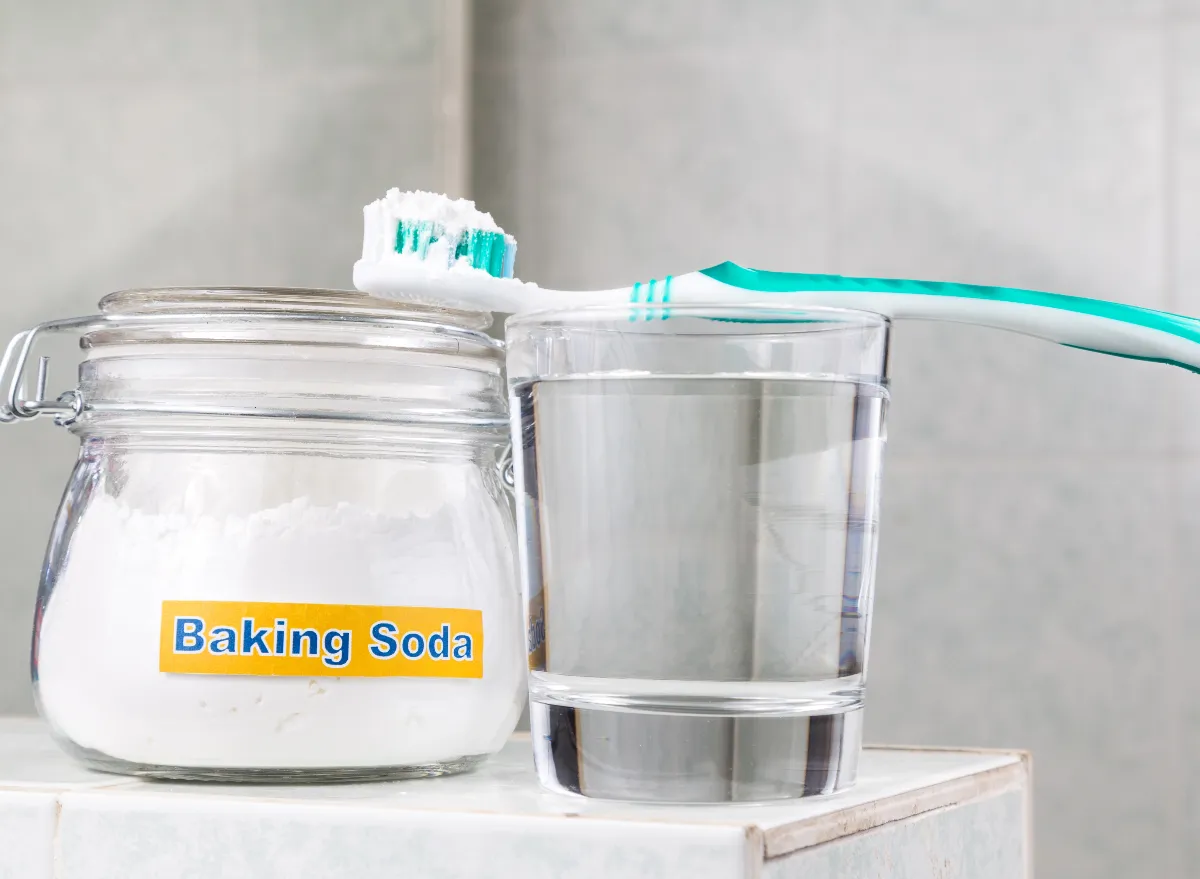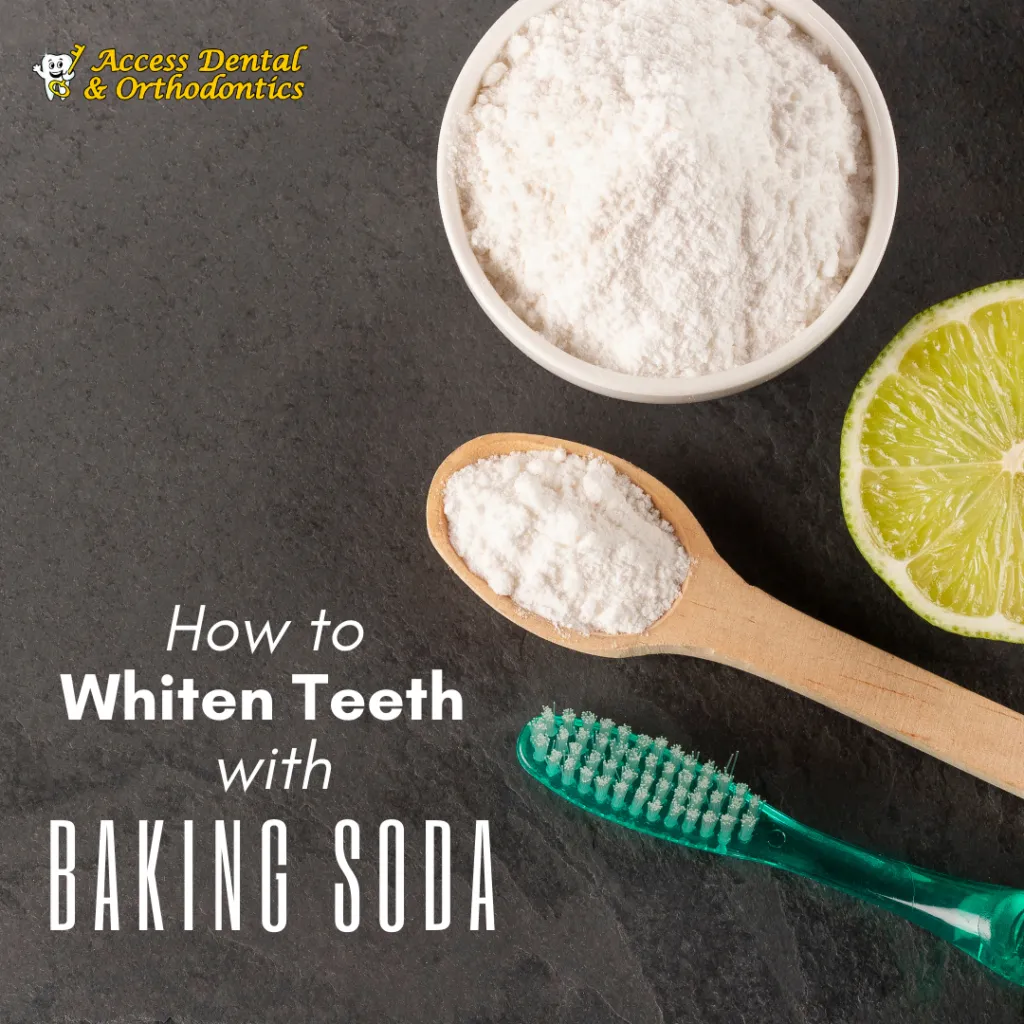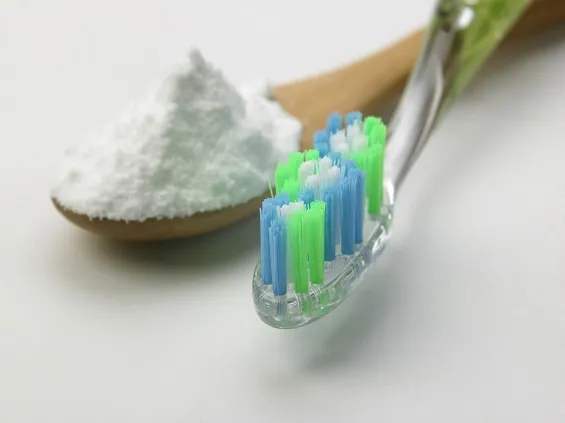What is Baking Soda and Why Use It?
Baking soda, also known as sodium bicarbonate, is a common household item with a multitude of uses, including cleaning, cooking, and personal care. Its abrasive nature makes it effective at scrubbing away stains and buildup. The mildly alkaline properties of baking soda help to neutralize acids in the mouth, which can contribute to tooth decay and discoloration. It is an accessible and affordable option for those looking to enhance their smile without expensive professional treatments. Baking soda is readily available in most grocery stores and is a natural alternative to chemical-laden whitening products. The abrasive nature of baking soda helps to remove surface stains caused by coffee, tea, and other foods, leading to a brighter appearance. However, its abrasive nature also means that it should be used with caution to avoid damaging the enamel.
The Science Behind Baking Soda Teeth Whitening
The effectiveness of baking soda in teeth whitening is primarily due to its mild abrasive properties. When used correctly, it helps to scrub away surface stains from the enamel, the hard outer layer of your teeth. These stains are often caused by the consumption of dark-colored foods and beverages like coffee, tea, and red wine. The abrasive action of baking soda helps to lift these stains, revealing the natural whiteness of your teeth. Moreover, baking soda is slightly alkaline, which can help to neutralize the acids produced by bacteria in your mouth. These acids can erode enamel and contribute to discoloration. By reducing acidity, baking soda indirectly helps to protect your teeth and maintain their brightness. It’s crucial to understand, however, that baking soda primarily works on surface stains. It cannot change the inherent color of your teeth or address deeper stains.
How to Prepare Baking Soda for Teeth Whitening

Preparing baking soda for teeth whitening is a straightforward process. The most common method involves mixing baking soda with water to create a paste. The typical ratio is about one teaspoon of baking soda to enough water to form a paste-like consistency. You can also experiment with other ingredients, but always exercise caution. Some people like to add a small amount of hydrogen peroxide to the baking soda paste. This can boost the whitening effect, but it is essential to use a very low concentration of hydrogen peroxide (usually 3%) and to avoid prolonged use. Other ingredients, such as lemon juice, are sometimes added. However, the high acidity of lemon juice can be detrimental to tooth enamel, so it is generally not recommended. Always use a soft-bristled toothbrush to apply the paste to your teeth, and avoid brushing too aggressively to prevent enamel erosion.
Baking Soda Whitening Method Step-by-Step
To use baking soda for teeth whitening effectively, follow these steps. First, prepare your baking soda paste using the method described above. Ensure the paste has a smooth, non-gritty texture to avoid damaging your enamel. Next, moisten your toothbrush with water. Dip the bristles into the baking soda paste, ensuring they are lightly coated. Gently brush your teeth with the paste, using small, circular motions. Focus on each tooth surface, and avoid applying too much pressure. Brush for about two minutes. Rinse your mouth thoroughly with water to remove any remaining paste. For optimal results, brush your teeth with regular toothpaste afterward. This helps to restore essential minerals to your enamel. Repeat this process once or twice a week. Overuse can cause damage to your enamel and lead to increased sensitivity.
Alternative Methods for Teeth Whitening
Besides using baking soda, there are several other methods for teeth whitening. Over-the-counter whitening products, such as whitening strips and toothpastes, are readily available and often contain mild bleaching agents like hydrogen peroxide. These are generally safe to use, but always follow the manufacturer’s instructions. Professional teeth whitening treatments performed by a dentist offer more dramatic and faster results. These treatments often involve stronger bleaching agents and can be tailored to your specific needs. Another option is using activated charcoal, which, like baking soda, has abrasive properties that can help remove stains. However, evidence supporting its effectiveness is limited. Dental veneers and crowns are more invasive options that can significantly improve the appearance of your teeth but are reserved for more severe cases of discoloration or damage. Consider consulting with your dentist to determine the most suitable method for your teeth and overall oral health.
Baking Soda Teeth Whitening Before and After Results

Many users report noticeable improvements in the brightness of their teeth after using baking soda for whitening. In many cases, people see a visible reduction in surface stains caused by coffee, tea, and other dietary factors. The before and after results often showcase a smoother and cleaner appearance of the teeth. It’s important to set realistic expectations. Baking soda is not as potent as professional whitening treatments. The results vary depending on the severity of the stains and individual tooth enamel characteristics. Consistent use over several weeks can yield the best outcomes. It’s crucial to remember that the effect of baking soda is mainly on external stains, so it will not fundamentally alter your natural tooth color. Some individuals might experience minimal changes, while others may see a significant improvement, especially if they have relatively minor staining. Be patient and consistent with the application, and monitor the progress closely.
Potential Risks and Side Effects of Baking Soda
While baking soda is generally safe when used in moderation, there are potential risks and side effects to be aware of. The abrasive nature of baking soda can erode tooth enamel over time, leading to increased sensitivity and a higher risk of cavities. Overbrushing, using too much pressure, or brushing too frequently can exacerbate this problem. Excessive use can also irritate the gums, causing inflammation and bleeding. In some cases, individuals may experience discomfort or sensitivity after using baking soda. It is crucial to use baking soda sparingly and to consult a dentist if you experience any adverse effects. Those with sensitive teeth or existing dental issues should exercise extra caution. In the event of any negative reactions, such as increased sensitivity or gum irritation, it is essential to stop using baking soda and consult with your dentist. Professional advice can help determine if baking soda whitening is suitable for you and prevent any further damage.
Tips to Maximize Baking Soda Whitening
To maximize the effectiveness of baking soda teeth whitening while minimizing potential risks, follow these tips. First, use baking soda sparingly, ideally once or twice a week. Avoid excessive brushing, and use gentle, circular motions. Use a soft-bristled toothbrush to reduce the risk of enamel erosion. Be consistent with your oral hygiene routine. Brush your teeth with regular toothpaste after using baking soda to remineralize your enamel. Ensure you are brushing your teeth twice a day for at least two minutes. Limit your intake of staining foods and beverages, such as coffee, tea, and red wine. Consider using a straw when drinking these beverages to minimize their contact with your teeth. Stay hydrated by drinking plenty of water throughout the day to help rinse away food particles and keep your mouth clean. Regular dental check-ups are essential to maintain good oral health. Your dentist can provide professional cleaning and advice on how to best care for your teeth. If you experience any sensitivity or discomfort, discontinue using baking soda and consult your dentist.
Maintaining Your White Smile

Maintaining a white smile involves a combination of good oral hygiene practices and lifestyle choices. Brush your teeth twice a day with fluoride toothpaste. Floss daily to remove plaque and food particles from between your teeth. Schedule regular dental check-ups and cleanings. These professional cleanings can remove any plaque and tartar buildup and help maintain your white smile. Limit your intake of staining foods and beverages, such as coffee, tea, and red wine. Rinse your mouth with water after consuming these items. Quit smoking and avoid tobacco products. Smoking is a major cause of tooth discoloration. Consider using over-the-counter whitening products, such as whitening strips or toothpastes, to maintain the brightness of your teeth. Consult your dentist about professional teeth whitening treatments or other cosmetic dental procedures if you want to achieve a more dramatic result. These treatments can help you to achieve and maintain a brighter, more confident smile.
